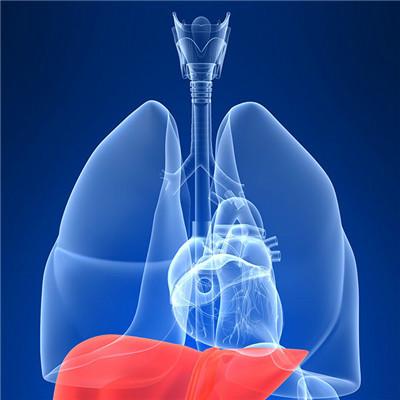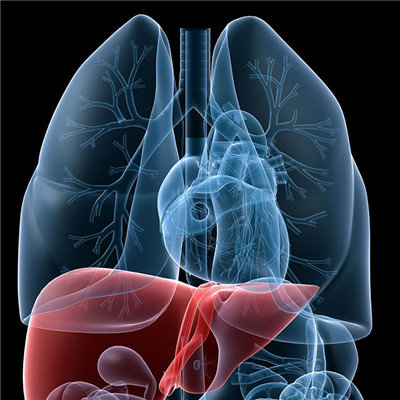How to look at arterial blood gas analysis report?
summary
Three steps of arterial blood gas analysis, simply speaking, three steps include: the first step, whether the patient has acidosis or alkalosis? Second, is acidosis / alkalosis respiratory or metabolic? Third, if it is respiratory acidosis / alkalosis, is it pure respiratory factor or metabolic component?
How to look at arterial blood gas analysis report?
The first step is to look at the pH value. The normal value is 7.4 ± 0.05。 PH ≤ 7.35 is acidosis, pH ≥ 7.45 is alkalosis. The second step is to see the change direction of pH value and PCO2. In the same direction, pCO2 increased, pH value also increased, and vice versa) was metabolic, while in the opposite direction, it was respiratory. Third, if it is respiratory, then look at the ratio of pH value and PCO2 change. Normal PCO2 was 40 ± When PCO2 changed 10 mmHg, the pH value changed 0.08 in the opposite direction ± 0.02。 For example, if PCO2 is 30mmhg (decrease 10mmhg), then the pH value should be 7.48 (increase 0.08); If PCO2 is 60mmhg, increase 20mmhg), then pH value should be 7.24, decrease 2 × 0.08)。

If this ratio is not met, it indicates that there is a second factor, namely metabolic factor. At this time, the third step is to compare the theoretical pH value with the actual pH value. If the actual pH value is lower than the theoretical pH value, it indicates that there is metabolic acidosis at the same time. On the contrary, if the actual pH value is higher than the theoretical pH value, it indicates that there is metabolic alkalosis at the same time. It should be noted that the pH value calculated according to the formula can have ± 02.

Example: the patient's pH value is 7.58, pCO2 is 20mmhg, PO2 is 110mmhg. Analysis: in the first step, the pH value was higher than 7.45, indicating alkalosis. In the second step, pCO2 and pH changed in different directions, indicating that it was respiratory. In the third step, pCO2 should be reduced by 20 mmHg and pH value should be increased by 2 × 0.08( ± 02) is 7.56 ± 02, which is consistent with the actual pH value, so the patient is a simple respiratory alkalosis. Conclusion: this patient is a simple respiratory alkalosis.

matters needing attention
Influencing factors of arterial blood gas analysis; Location of blood collection: if there is infusion in the artery, hemolysis and dilution may occur, resulting in the increase of K + and the decrease of Ca2 +. If venous blood is taken by mistake, because venous blood can not accurately reflect arterial blood gas status, its pH value is close to arterial blood under normal circumstances, but when the body is sick, all kinds of metabolism have different degrees of obstacles, at this time, the pH value of artery and vein has obvious difference.















